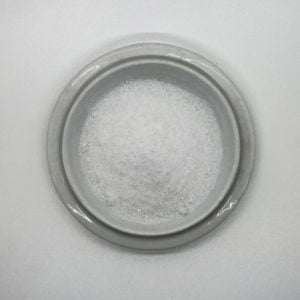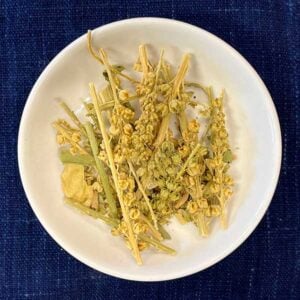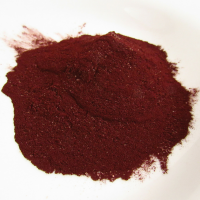Aluminum Potassium Sulfate
Highly prized worldwide since antiquity, aluminum potassium sulfate is the premier mordanting material for protein fibers such as silk and wool. Check out our instructions on using aluminum potassium sulfate for detailed information on preparing your fibers for natural dyeing. What does this humble mineral have in common with the most powerful family in Italy during the Renaissance? During the 12th century, ambitious nobles and merchants became rich on alum exports from the Aegean islands. In the mid-15th century, the expanding Turkish empire gained control of the Aegean areas and imposed heavy tariffs on the mineral, causing a shortage and … Read more










